Main Navigation Menu
© 2025 Tech Jacks Soutions, All Rights Reserved
© 2025 Tech Jacks Soutions, All Rights Reserved
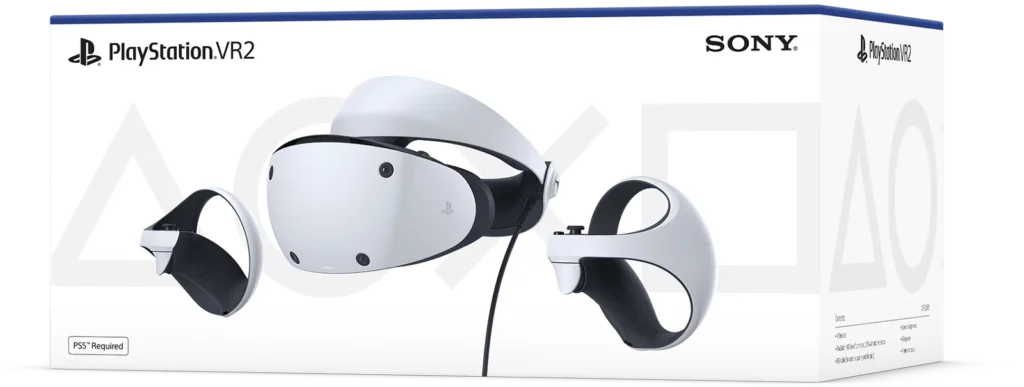
Sony announced that slightly less than 600,000 units of PlayStation VR2 has been sold to consumers during its first 6 weeks from launch PlayStation VR2 – Wikipedia, establishing immediate market weakness that never recovered. According to IDC, 595,500 units were shipped by Q1 2023, 435,300 in Q2 2023, 343,600 units in Q3 2023 and 325,200 units in Q4 2023 PlayStation VR2 – Wikipedia – a progressive decline that tells the story of consumer abandonment.
As of March 18, 2024, Bloomberg reported that Sony has paused the manufacture of PSVR2 after making well over 2 million units PlayStation VR2 – Wikipedia. This production halt represents corporate acknowledgment of fundamental market failure, with unsold inventory piling up across Sony’s distribution network.
Sony has produced “well over 2 million units” since launch Sony Reportedly Pauses PSVR 2 Production Due to Low Sales, yet sales figures suggest millions of headsets remain unsold. The gap between production and sales reveals Sony’s massive miscalculation of VR market demand and consumer willingness to invest in their experimental platform.
PSVR 2’s shipments have steadily declined every quarter since its launch, and there’s currently surplus stock throughout Sony’s supply chain Report: PSVR 2 Sales Slow Down, Production Temporarily Paused. This inventory backup demonstrates how quickly consumer enthusiasm evaporated once the reality of Sony’s VR strategy became apparent.

The PSVR2 headset is expensive, with a higher retail price than the PlayStation 5 itself Sony Reportedly Halts PSVR2 Production As Headsets Fail To Sell – Kotaku, establishing immediate affordability barriers that Sony never addressed. The company positioned PSVR2 as premium hardware while delivering amateur-level software support and ecosystem development.
“The high price of VR hardware acts as the major hurdle for its expansion,” Macquarie analyst Yijia Zhai told Bloomberg, referring to PSVR 2’s price tag of $550 Report: PSVR 2 Sales Slow Down, Production Temporarily Paused. This analysis understates the problem: PSVR2’s price becomes unconscionable when combined with Sony’s demonstrated inability to support the platform.
Following lackluster sales and support, Sony has announced a permanent PSVR 2 price drop around the globe PSVR 2 Price Drop Announced by Sony Following Dwindling Sales – PlayStation LifeStyle. Price reductions signal Sony’s admission that their original pricing strategy failed, but discounts cannot address the fundamental problems of software drought and ecosystem neglect.
The pricing comparison with PlayStation 5 highlights Sony’s confused prioritization. Customers paid more for VR hardware than the console that powers it, yet received a fraction of the software support and ongoing development commitment.

It’s embarrassing that more than a year and a half after launching the PS VR2, it still doesn’t have any games Another Sony State Of Play, Another Month Of Disappointment For PSVR2 Owners. This damning assessment from industry observers captures the core failure: Sony launched premium hardware without the software ecosystem necessary to justify its existence.
Beyond the launch titles Horizon Call of the Mountain, Synapse, and The Dark Pictures: Switchback, the only PS VR2 exclusives are the VR versions of Resident Evil 8, Resident Evil 4 Remake, and Gran Turismo 7 Another Sony State Of Play, Another Month Of Disappointment For PSVR2 Owners. This pathetic exclusive library demonstrates Sony’s fundamental misunderstanding of platform development.
It’s baffling that Sony has no exclusives to show a year and a half after launching the PS VR2. I can’t believe we live in a world where Meta, not PlayStation, is launching an exclusive new Batman Arkham game this year Another Sony State Of Play, Another Month Of Disappointment For PSVR2 Owners. Meta’s superior exclusive content pipeline exposes Sony’s strategic incompetence in VR platform development.
With the Meta you get Assassin’s Creed Nexus VR, Asgard’s Wrath 2, Lego Bricktales, Sniper Elite VR, and so many more exclusives, plus the benefits of a wire-free headset Another Sony State Of Play, Another Month Of Disappointment For PSVR2 Owners. The competitive comparison reveals how thoroughly Sony has failed to execute on VR content strategy.
The game drought reflects deeper problems than development resource allocation. Sony fundamentally misunderstood VR platform requirements, treating PSVR2 as hardware accessory rather than distinct gaming ecosystem requiring dedicated cultivation.
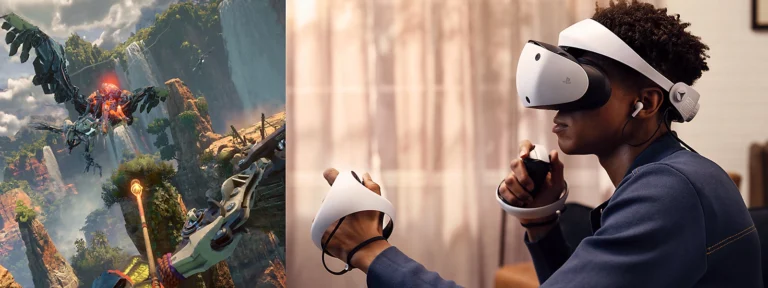
PS VR2 is not compatible with the previous generation PS VR games PlayStation VR2 – Wikipedia, representing perhaps Sony’s most callous abandonment of early adopters. This decision destroyed the existing PSVR software library while providing no compelling replacement content.
Sony said that due to the differences in both the controller tracking hardware and the image rendering principle, porting games from the previous hardware would not be easy PlayStation VR2 – Wikipedia. This technical explanation obscures the business decision: Sony chose hardware incompatibility over customer value retention.
PSVR2 is a second-gen headset in name only. Because it is not compatible with the first-gen content, Sony is starting from zero Sony Reportedly Pauses PSVR 2 Production Due to Low Sales. This observation highlights how Sony’s naming convention misleads consumers about platform continuity and software investment protection.
The backward compatibility failure demonstrates Sony’s pattern of treating each hardware iteration as isolated product rather than platform evolution. Customers who invested in PSVR software libraries received no migration path or value protection with PSVR2 adoption.
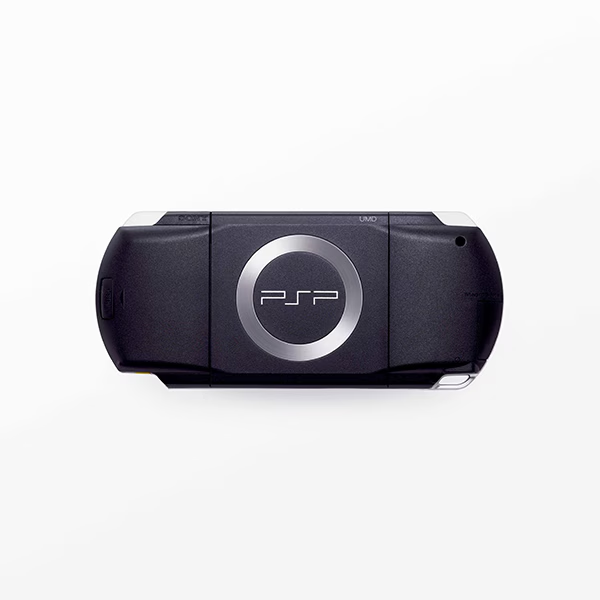
Sony’s PSVR2 debacle follows established patterns of early adopter abandonment that extend across multiple hardware generations. The company consistently launches experimental platforms with premium pricing and minimal long-term commitment.
PlayStation Vita: The Memory Card Scam
Rather than make the Vita compatible with cheaper, more widely-available cards such as SDHC flash memory, Sony instead forced customers to buy cards that topped out at $100 for 32GB; in contrast, 32GB SDHC cards sold for around $20 at the time 10 Reasons Why The PlayStation Vita Failed | HowStuffWorks. This proprietary memory exploitation established Sony’s willingness to gouge early adopters through accessory monopolization.
With no built-in hard drive and no other compatible memory solutions, customers were forced to pony up for one of these high-priced memory cards and this not only pissed early adopters off, but also deterred potential customers from purchasing a unit 10 Reasons Why The PlayStation Vita Failed | HowStuffWorks. The Vita memory card strategy demonstrates how Sony creates artificial cost barriers that simultaneously exploit existing customers and prevent market expansion.
The Vita was considered a commercial failure for Sony. In 2018, Sony announced there would be no successor to the Vita/PSP line of handhelds PlayStation Vita – Wikipedia. The platform abandonment pattern repeats: experimental hardware, premium pricing, early adopter exploitation, market failure, and eventual discontinuation.
I believed in the PS Vita. Sony it seems, did not CLASSIC GAMING CONSOLES: PLAYSTATION VITA. | by Kixi Rajki | Medium. This personal reflection captures the emotional betrayal experienced by customers who invest in Sony’s experimental platforms only to receive abandonment rather than ongoing support.
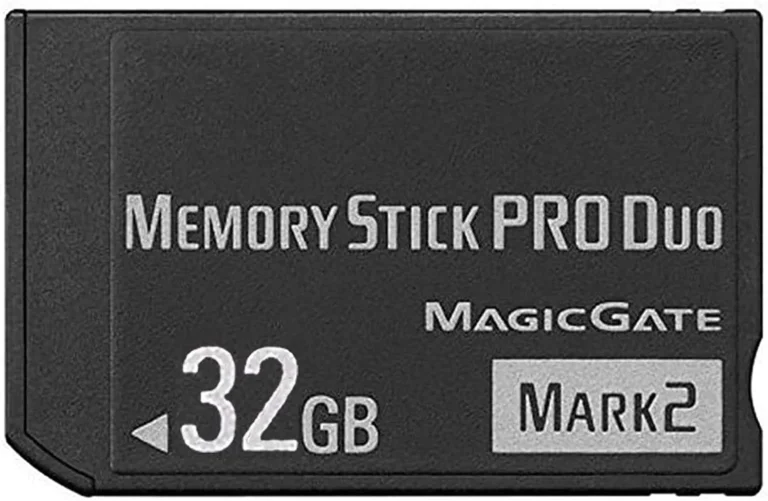
The Memory Stick is still an expensive memory, compared to the SD card. As an example a 2 GB MS cost $54.99 (USD) as the 2 GB SD is only $ 39.99 (USD) (February 2008) almost 40 % more expensive for the MS Memory Stick – PSP Developer wiki. Sony’s Memory Stick strategy established their approach to early adopter exploitation through proprietary accessory requirements.
The PSP’s Memory Stick Duo requirement forced customers into Sony’s expensive ecosystem while providing no technical advantages over standard SD cards. This strategy prioritized short-term accessory revenue over long-term customer satisfaction and platform adoption.
Sony skips PSVR2 entirely in their business briefing presentation Another Sony State Of Play, Another Month Of Disappointment For PSVR2 Owners, demonstrating corporate embarrassment about the platform’s performance. When companies omit major product lines from investor presentations, the message becomes clear: the platform lacks strategic importance.
The business briefing omission signals Sony’s internal acknowledgment of PSVR2’s failure while avoiding public admission that would require explaining strategic mistakes to shareholders. Corporate silence protects executive reputations while abandoning customers who invested in the platform.
Sony seemed to have abandoned the PlayStation VR2 Another Sony State Of Play, Another Month Of Disappointment For PSVR2 Owners, as IGN observed in March 2024. Industry publications recognize patterns that Sony refuses to acknowledge publicly: systematic platform neglect following initial marketing push.
In January 2025, former PlayStation executive Shuhei Yoshida apologizes for being “wrong” about PS VR2, suggesting he believes the headset’s market reception failed to meet his expectations PlayStation VR2 – Wikipedia. This executive admission represents rare corporate acknowledgment of strategic failure and customer betrayal.
Yoshida’s apology highlights the disconnect between Sony’s internal PSVR2 expectations and market reality. Executive overconfidence led to product launches that ignored market research and customer feedback, resulting in expensive lessons paid by early adopters.
The executive apology arrives after production halts and market abandonment – timing that serves corporate reputation management rather than customer remedy. Apologies without compensation represent performative accountability rather than meaningful customer support.
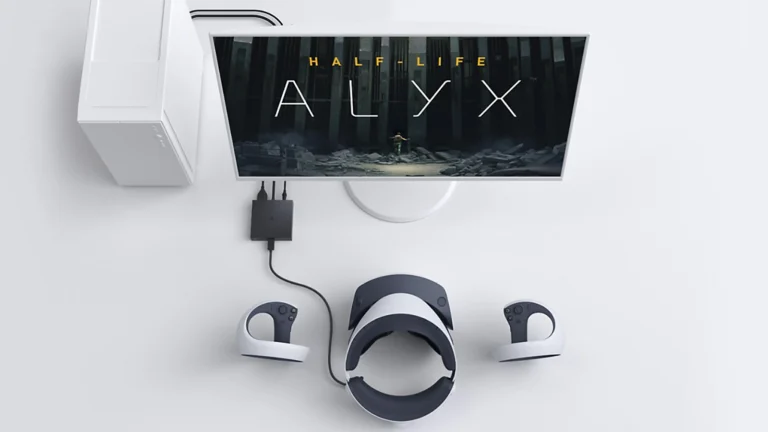
Sony has said it’s testing PSVR2 on PC, so maybe it will see an uptick in sales when it’s not tied to specific hardware Sony Reportedly Halts PSVR2 Production As Headsets Fail To Sell – Kotaku. This PC compatibility exploration represents desperate attempts to salvage stranded hardware investment through market expansion.
When connected to a PC with the PSVR2 PC adapter, PS VR2 users can gain access to thousands of VR games on Steam PlayStation VR2 – Wikipedia. The PC compatibility solution ironically provides access to game libraries that Sony failed to create for their own platform.
The PC adapter strategy admits Sony’s failure to build compelling PSVR2 software ecosystem while attempting to monetize hardware through third-party platform integration. This approach prioritizes hardware sales recovery over PlayStation ecosystem development.
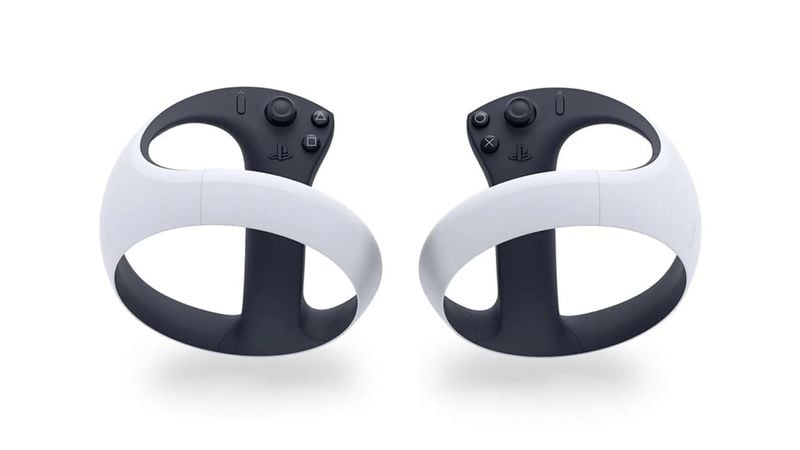
At Apple’s Worldwide Developers Conference in June 2025, it was announced that visionOS 26 for the Apple Vision Pro would include support for PSVR2 controllers PlayStation VR2 – Wikipedia. Sony’s controllers finding new life on Apple’s platform represents the ultimate strategic humiliation.
The Apple partnership admits PSVR2 hardware quality while highlighting Sony’s software ecosystem failures. When competitors provide better platforms for your own hardware, the strategic incompetence becomes undeniable.
Bloomberg News reported that Sony were in discussions about making the PSVR2 controllers compatible with the Apple Vision Pro, which could also result in the controllers finally being sold separately from the headset PlayStation VR2 – Wikipedia. Sony’s willingness to separate controller sales suggests desperation to recoup hardware investments through alternative channels.

In July 2023, Dave Meikleham from Tom’s Guide wrote he “[had] big time buyer’s remorse” after using the PSVR2 for several months PlayStation VR2 – Wikipedia. Professional reviewers experiencing buyer’s remorse signals fundamental product-market fit failure beyond typical early adoption challenges.
In June 2024, Jay Peters from The Verge wrote that he “regret[s] buying the PSVR 2” PlayStation VR2 – Wikipedia. When technology journalists publicly express purchase regret, the message reaches broader audiences considering similar investments.
Digital Trends’ reporter stated his unit was “collecting dust” PlayStation VR2 – Wikipedia. These testimonials reflect systematic user abandonment as software drought makes expensive hardware increasingly irrelevant to gaming routines.
Community forums reveal similar patterns of early adopter disappointment, with users reporting minimal PSVR2 usage after initial enthusiasm periods. The hardware quality cannot compensate for software ecosystem neglect.
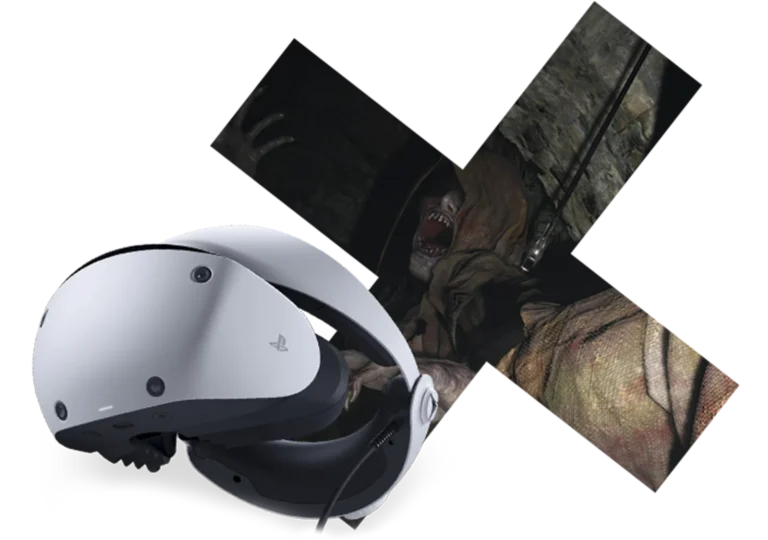
Sony’s PSVR2 debacle represents the latest chapter in their decades-long pattern of early adopter exploitation and platform abandonment. The company consistently launches experimental hardware with premium pricing, minimal software support, and predetermined obsolescence timelines that prioritize corporate interests over customer value.
The production halt after producing “well over 2 million units” while selling far fewer demonstrates Sony’s fundamental misunderstanding of VR market requirements. Premium hardware cannot succeed without premium software ecosystems, yet Sony repeatedly launches platforms expecting customers to subsidize their market experiments.
The backward compatibility betrayal exemplifies Sony’s callous disregard for customer investment protection. PSVR owners who built software libraries received no migration path to PSVR2, effectively destroying their gaming investments while demanding new $550 hardware purchases.
Historical patterns from PSP Memory Stick exploitation through Vita memory card gouging reveal Sony’s consistent approach to early adopter relationships: extract maximum short-term revenue through proprietary lock-in while providing minimal long-term platform support.
The contrast with Meta’s VR content strategy exposes Sony’s strategic incompetence. While Sony treats VR as hardware accessory, Meta builds comprehensive software ecosystems that justify platform investment. Customers notice the difference and vote with their wallets accordingly.
Executive apologies and PC compatibility moves represent damage control rather than customer remedy. Sony’s corporate responses prioritize reputation management over meaningful compensation for customers who trusted their platform promises.
Smart consumers should learn from PSVR2’s failure and avoid future Sony experimental platforms until proven market success and sustained software support. Early adoption of Sony hardware represents guaranteed participation in corporate market experiments with customer funds.
The gaming industry deserves VR innovation, but not at the expense of customer trust and financial investment. Sony’s pattern of platform abandonment damages consumer confidence in emerging technology adoption while enriching corporate shareholders through early adopter exploitation.
Future VR investments should prioritize platforms demonstrating sustained software development commitment over hardware specifications alone. Meta’s content pipeline proves superior to Sony’s premium hardware without accompanying ecosystem support.
PSVR2’s commercial failure serves as cautionary tale about trusting corporations with experimental technology investments. When companies prioritize short-term hardware revenue over long-term platform development, customers inevitably pay the price through stranded investments and abandoned platforms.
